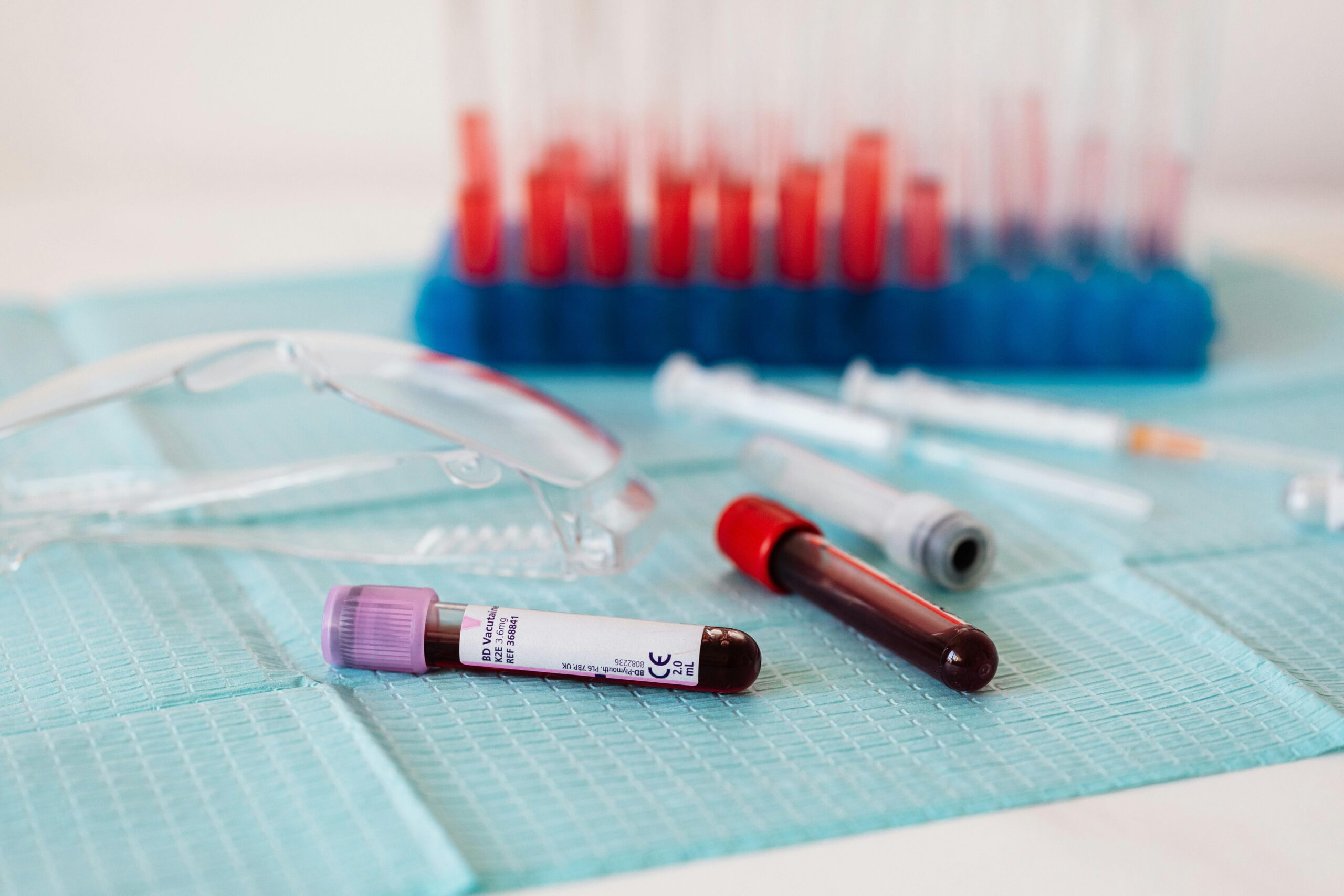Comprehensive Guide to Free Test Samples: Discover Effective Strategies for 2025
In today’s competitive market, free test samples have become a vital tool for both businesses and consumers. They offer an incredible opportunity for companies to promote their products while giving consumers a no-risk way to experience new items. For 2025, understanding how to effectively utilize free sample promotions can boost engagement, improve customer satisfaction, and ultimately lead to higher sales. In this guide, we’ll explore different types of free test samples, the strategic benefits they offer, and practical techniques for successfully implementing these programs.

Effective Strategies for Utilizing Free Test Samples
Understanding Free Test Samples and Their Purpose
Free test samples serve as promotional tools that let potential customers experience a product without any commitment. Businesses often distribute free product samples to encourage trial and feedback. This sampling strategy not only helps in promoting brand awareness but also becomes instrumental in gathering valuable consumer insights. Brands can tailor their marketing strategies based on the responses they receive, enhancing their products based on actual customer experiences.
Types of Free Sample Products Available
The world of free test samples is diverse. From complimentary test kits to promotional giveaways, these free products come in numerous forms. “Trial samples for free” often include items like beauty products, food packets, and household items. With variations like no-cost test samples or free merchandise samples, businesses can cater to specific target markets. Understanding the nature of the promotional test products being offered is essential for effective consumer engagement.
Benefits of Offering Free Sample Promotions
Implementing free sample promotions provides multiple benefits for businesses. One primary advantage is increased brand loyalty; satisfied customers who trial a product are more likely to become repeat buyers. Additionally, offering free product trials can generate buzz around a brand, leading to wider recognition through word-of-mouth. Moreover, businesses can gather valuable data regarding consumer behavior and preferences through feedback from sample assessments.
How to Execute Successful Free Sample Campaigns
A successful free sample campaign begins with clear goals. Companies should define what they wish to achieve—be it test sample distribution, boosting sales, or enhancing customer feedback mechanisms. Developing a robust promotional marketing strategy is crucial; leveraging social media platforms, influencer partnerships, and engaging website content can help reach a wider audience. Tailoring the sample offers based on consumer demographics and preferences also enhances the effectiveness of the promotional outreach.
Monitoring and Analyzing Outcomes
Post-campaign analysis is critical to understand the impact of free test sample initiatives. Companies can assess consumer feedback through surveys and collect data on product usage. Evaluating engagement metrics and conversion tracking for samples provides insights into the effectiveness of the trial campaigns. Continuous improvement based on these insights ensures that future promotional offers resonate more with the target audience.
Key Techniques for Maximizing Sampling Opportunities
Identifying Target Demographics
Knowing your target market is crucial when promoting free sampling opportunities. Companies must analyze who their potential consumers are by researching demographics, lifestyle choices, and purchasing behaviours. This information allows businesses to tailor offers that appeal directly to the preferences of these consumer segments, leading to a higher success rate for sample requests.
Utilizing Digital Marketing Channels
Leveraging digital marketing channels is essential when promoting free product tests. Engaging content on social media platforms can attract customers to free sample requests with minimal effort. Email marketing campaigns serve as another reliable avenue, where companies can inform subscribers about upcoming free sample promotions. Additionally, partnering with influencers can extend the reach even further, specifically targeting interested demographics.
Creating Interactive Sampling Experiences
Engaging consumers through interactive experiences can enhance the impact of free trial offers. Companies may organize sampling events or contests that invite customers to share their experiences on social media. This not only incentivizes participation but also increases brand exposure. Collecting user-generated content during these interactions provides businesses with authentic testimonials that can be used in future marketing campaigns.
Establishing Strategic Partnerships
Collaborating with other brands for joint free sample offers is an effective strategy. Such partnerships can extend reach and increase consumer exposure while reducing promotional costs. Brands must ensure that their partner offerings complement each other well to maintain relevance to the customers. Promotional giveaways that include multiple brands can make participation more appealing, creating a win-win situation for all parties involved.
Utilizing Customer Feedback for Product Improvement
Once a free product testing initiative is underway, it’s vital to collect and analyze customer feedback diligently. Feedback tools like surveys or testimonials can be instrumental in gathering insights on product performance. Understanding what customers like or dislike about the offerings can lead to product enhancements, ensuring that future products meet market expectations and improve satisfaction levels.
Challenges and Solutions in Free Product Testing
Navigating Sample Distribution Challenges
One of the significant challenges businesses face is effective sample distribution. To successfully navigate this issue, companies should utilize logistics software or partner with experienced third-party distributors. By ensuring samples reach the intended recipients in a timely fashion, brands can maximize impact. Additionally, managing larger bulk sample requests may require careful inventory planning to avoid shortages or excess.
Maintaining Engagement Post-Sampling
It’s crucial to maintain engagement with customers after they receive free samples. Companies can send follow-up emails prompting users to share their feedback or experiences. Websites or social media pages can feature a space for users to review products, creating a community environment around shared experiences. This continued interaction keeps the brand fresh in the consumers’ minds and encourages repeat purchases.
Addressing Customer Concerns About Sampling
Concerns regarding free samples often arise, particularly about quality assurance. Brands need to ensure that their promotional merchandise samples meet high standards before distribution. Communicating clear policies regarding product quality, expectations for the sampling experience, and how feedback will be processed alleviates potential worries among customers. Transparency is key in building trust and encouraging sample trials.
Developing a Plan for Overcoming Negative Feedback
Not all feedback will be positive, and managing criticism is part of the process. Companies should have a predefined strategy for addressing negative feedback constructively. This may involve reaching out to unsatisfied customers directly, offering incentives for them to try new products, or incorporating their suggestions into future developments. This proactive approach can turn a negative experience into an opportunity for improvement.
Adjusting Sampling Strategies Based on Market Trends
Adapting to marketplace dynamics is essential for maintaining effective free sampling initiatives. Businesses should stay informed about industry trends and understand which types of products are gaining popularity. Investing in market research sampling can help companies pivot their strategies towards products that are increasingly relevant. With insight into consumer preferences, brands can accurately position their sample offerings.
Best Practices for Implementing Free Test Offers
Designing Attractive Sample Packs
The presentation of free testing kits can significantly influence consumer interest. Well-designed sample packs that are attractive, functional, and informative can enhance user experience. Including brief guides on how to use products or personal messages can add a personal touch, creating stronger connections with customers. Creative packaging can serve as an excellent marketing tool in itself.
Measuring Success with Defined KPIs
Establishing key performance indicators (KPIs) before launching sampling campaigns is critical. Metrics like engagement rates, conversion rates, and customer satisfaction scores should always be tracked to determine the success of free product testing. Defining these KPIs provides clarity during analysis and allows for strategic adjustments to be made based on specific outcomes.
Consistent Communication with Customers
Maintaining open lines of communication with customers before, during, and after a free test sample program is vital. Regular updates about new products, exclusive offers, and general company news keeps customers engaged and connected to the brand. Providing platforms for feedback and queries fosters a sense of community that nurtures ongoing consumer relationships.
Leveraging User Testimonials and Case Studies
User testimonials play a pivotal role in substantiating the value of free test samples. Encouraging satisfied customers to share their experiences can enhance credibility, thus attracting more potential customers. Case studies showcasing successful sampling initiatives also provide tangible evidence of the effectiveness of this marketing strategy, helping to persuade doubtful consumers.
Continuously Innovating Sampling Strategies
The marketing landscape is ever-evolving, so continuous innovation in sampling strategies is essential. Brands should regularly evaluate their methods and explore new ways to engage consumers through free samples. This could include adopting new technologies, exploring subscription models, or incorporating gamification elements into sample campaigns, ensuring ongoing excitement and interest in their products.
Conclusion: Harnessing the Power of Free Test Samples
In conclusion, as we move into 2025, free test samples will continue to be an effective strategy for driving brand engagement and consumer satisfaction. By adopting the techniques and best practices outlined in this guide, businesses can maximize the impact of their sampling initiatives. The value of understanding target demographics, creating compelling promotional offers, and continuously refining efforts cannot be overstated. Embracing the opportunities presented by free sample products allows brands to connect deeply with consumers and thrive in a competitive market.
For more insights on effective marketing strategies and test sample distribution, check out this resource and explore additional techniques in this detailed guide.
